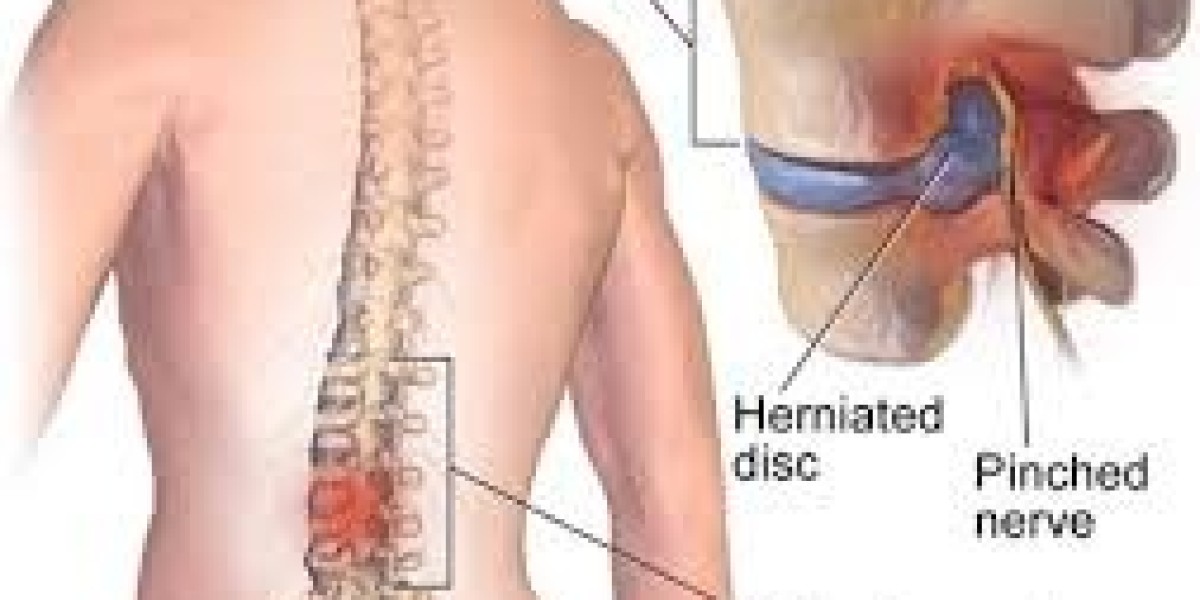Back pain is one of the most common ailments that people of all ages experience. It can range from mild discomfort to debilitating pain that significantly impacts daily life. The causes of back pain are numerous, including poor posture, muscle strains, herniated discs, and even stress. For many individuals, finding effective ways to manage and relieve back pain becomes a top priority. Fortunately, there are various approaches to alleviate discomfort, which involve rest, changes in activity, and alternative therapies. This article explores how each of these approaches can help you find relief from back pain.
Rest: The Importance of Recovery for Back Pain
When experiencing back pain, the first instinct is often to rest. Rest is essential to allow your body to heal, especially if the pain is a result of muscle strain or injury. However, the type and duration of rest matter.
Short-Term Rest for Acute Pain
If your back pain is recent, such as after an injury, short-term rest is beneficial. This means taking it easy for a day or two, allowing the muscles and tissues to recover. During this time, avoid heavy lifting, bending, or any strenuous activities that could aggravate the injury. Resting allows inflammation to subside, reducing pain and swelling.
However, long periods of bed rest are not recommended. Prolonged inactivity can lead to muscle stiffness, weakened muscles, and a longer recovery time. Instead, after the first 24-48 hours, try gentle movements and activities, such as walking, to keep the muscles engaged without overexerting them.
Active Rest: Avoiding Complete Immobilization
Even during rest periods, it's crucial not to remain completely immobile for too long. Prolonged immobility can make your back pain worse. Gentle stretching, yoga, or light walking can maintain mobility without straining the back. In fact, many people with chronic back pain find that low-impact exercises help alleviate discomfort in the long term.
It's important to listen to your body and adjust activities according to how you're feeling. If certain movements cause discomfort, stop immediately and rest until the pain subsides.
Activity Changes: Lifestyle Adjustments to Relieve Back Pain
Back pain often stems from lifestyle habits, including poor posture, improper lifting techniques, or spending long hours in a sedentary position. Modifying certain activities and habits can go a long way in preventing and relieving back pain.
Improving Posture
One of the most significant changes you can make to prevent back pain is improving your posture. Poor posture, such as slouching or sitting with a rounded back, puts unnecessary strain on the spine and surrounding muscles. Over time, this can lead to muscle imbalances and chronic pain.
To improve posture:
- When sitting, ensure your feet are flat on the ground, and your knees are at a 90-degree angle. Sit with your back straight and shoulders relaxed.
- Avoid slouching when standing. Keep your shoulders back, chest out, and head in alignment with your spine.
- Use ergonomic furniture that supports proper posture. An ergonomic chair with lower back support can reduce strain while sitting for extended periods.
Adjusting Work Habits
If you work at a desk or spend long hours sitting, it's essential to adjust your workspace to prevent back pain. Consider the following tips:
- Use a chair that supports your lower back and encourages proper posture.
- Ensure your computer screen is at eye level to prevent straining your neck and back.
- Take frequent breaks, standing and stretching every 30 minutes or so. Walk around, do light stretches, or perform exercises designed to reduce stiffness in the back.
- Avoid sitting for too long in the same position. If your work requires prolonged sitting, alternate between sitting and standing.
Lifting Techniques
Improper lifting is a common cause of back injuries. When lifting heavy objects, it's crucial to use correct techniques to avoid strain on your back.
- Bend your knees, not your back, when lifting an object. Use your legs to do the heavy work, not your spine.
- Hold the object close to your body to reduce the strain on your back.
- Avoid twisting your body while lifting. Instead, pivot with your feet to turn, keeping your spine aligned.
- If something is too heavy, don't hesitate to ask for help or use mechanical assistance.
Staying Active: Low-Impact Exercises
While rest is important for recovery, staying active is essential for long-term back health. Regular physical activity helps strengthen the muscles that support the spine, improving flexibility and reducing the risk of future back injuries. Low-impact exercises are particularly beneficial for individuals with back pain.
Some effective low-impact exercises include:
- Walking: Walking is a natural, low-impact activity that strengthens muscles without putting undue stress on the back.
- Swimming: The buoyancy of water reduces strain on the back while providing a full-body workout.
- Cycling: Stationary cycling is another excellent way to stay active without placing excess pressure on the back.
- Yoga: Yoga promotes flexibility and strength, especially in the core muscles that support the spine. Specific poses can also help alleviate back pain.
Always consult with a healthcare provider before starting any exercise routine to ensure it's safe for your specific condition.
Alternative Therapies for Back Pain Relief
In addition to rest and lifestyle changes, several alternative therapies may help alleviate back pain. These approaches focus on addressing the root causes of pain and promoting healing.
Chiropractic Care
Chiropractic care involves spinal manipulation to improve alignment and alleviate pain. Chiropractors use hands-on techniques to adjust the spine, aiming to restore proper function and reduce pain. Many people with chronic back pain find relief through chiropractic adjustments, especially when combined with other therapies like exercise or physical therapy.
Chiropractors assess the alignment of your spine and make adjustments to ensure the vertebrae are properly positioned. This can reduce pressure on the nerves and muscles, leading to pain relief and improved mobility.
Physical Therapy
Physical therapy is another effective treatment for back pain, particularly for individuals with chronic conditions or recovering from an injury. A physical therapist will work with you to design a personalized exercise plan to strengthen muscles, improve flexibility, and enhance posture.
Physical therapists use various techniques, such as stretching, strengthening exercises, and manual therapy, to target the muscles supporting the spine. They also provide education on how to modify activities and posture to prevent future injuries.
Massage Therapy
Massage therapy is a popular treatment for relieving muscle tension and improving circulation. Therapeutic massage can help alleviate pain by targeting the soft tissues surrounding the spine and providing relaxation. Several types of massage, including deep tissue and trigger point therapy, may be used depending on the source of your back pain.
Regular massage sessions can reduce muscle tightness, increase flexibility, and enhance the overall health of your muscles and joints. For some individuals, massage therapy provides significant relief from back pain, particularly when combined with other forms of therapy.
Acupuncture
Acupuncture is an ancient Chinese practice that involves inserting thin needles into specific points on the body to promote healing and alleviate pain. Many people with chronic back pain have found relief through acupuncture, as it is believed to stimulate the body's natural pain-relieving mechanisms.
Acupuncture may help reduce inflammation, increase blood flow, and improve the body's ability to heal. While research on acupuncture's effectiveness for back pain is ongoing, many individuals report positive results.
Heat and Cold Therapy
Using heat and cold therapy can provide immediate relief for acute back pain. Both treatments work by reducing inflammation, increasing circulation, and soothing tense muscles.
- Cold therapy: Applying a cold compress or ice pack to the affected area can help reduce inflammation and numb pain. Cold therapy is most effective in the first 48 hours after an injury.
- Heat therapy: After the initial inflammation has reduced, applying heat can relax the muscles and improve blood flow to the affected area. Use a heating pad, hot water bottle, or warm bath for relief.
Mind-Body Techniques
Incorporating mind-body techniques into your routine can help manage the psychological aspects of back pain. Chronic pain can be influenced by stress, anxiety, and depression, which can exacerbate physical symptoms. Mindfulness meditation, deep breathing exercises, and progressive muscle relaxation can all help reduce tension and improve the body’s response to pain.
Stress management techniques can also prevent back pain from becoming a long-term issue. Reducing mental stress helps lower muscle tension and inflammation, improving overall health.
Conclusion
Back pain is a prevalent condition that affects millions of people worldwide. While it can be a frustrating and debilitating experience, there are many ways to manage and alleviate the discomfort. Rest, activity changes, and alternative therapies all play vital roles in back pain relief. Whether you’re recovering from an injury, adjusting your lifestyle, or exploring alternative treatments, taking a holistic approach can help you find the relief you need. Always consult with a healthcare provider before starting any new treatment regimen, and remember that consistency is key when managing back pain.



